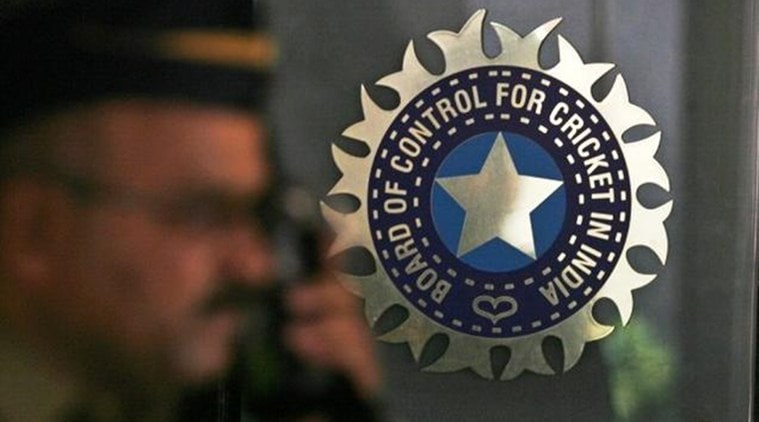 Star and Sony are expected to be the two most likely bidders for the rights when the e-auction takes place on April 3.
Star and Sony are expected to be the two most likely bidders for the rights when the e-auction takes place on April 3.
Broadcast heavyweights Star India and Sony have expressed their “concerns” over a particular clause pertaining to paying an “identical per match value” for matches involving the home team and neutral ones in the invitation to tender for the media rights for international matches in India between 2018 and 2023.
Star and Sony are expected to be the two most likely bidders for the rights when the e-auction takes place on April 3.
And the major concern is regarding the clubbing of multi-country tournaments with bilaterals, which would mean them paying the same amount for say an India-Australia match as they would for one featuring Sri Lanka and Bangladesh in case of India hosting a tri-series.
The clause was part of clarification that the BCCI had issued on the matter on March 24 which read, “If the Indian national senior men’s team is participating in a multi-country tournament organized by BCCI in India, then such tournament will be an ‘International Series/Event’ and all matches forming part of such tournament (including cricket matches between two visiting teams) will be international matches in respect of which the licencees will be required to pay Rights Fee.”
And Star and Sony have both written to BCCI CEO Rahul Johri and the CoA, which have been accessed by The Indian Express, raising objections to the clause in question.
Ashok Nambissan, General Manager Sony Entertainment India (Setindia) termed the conditions set by Indian board as ‘illogical’.
“One issue that is particularly of concern is regarding tri-series in India organized by the BCCI. The clarifications says all matches will be valued the same. This means an India-Afghanistan-Bangladesh or an India-Bangladesh-Zimbabwe will valued equally with an India-Australia-South Africa. This quite frankly is illogical. Advertisers and even the viewing public do not value these matches equally and for the BCCI to consider all of them as having the same value does injustice to bidders. We would earnest request BCCI to reconsider,” he writes.
Unlike in previous years, it’s learnt that the BCCI this time have not kept a fixed base price per match for the entire duration of the rights cycle. Instead, the base price is expected to increase on an annual basis over the five years till 2022. For the record, Star India were paying Rs 43 crore for each international match played in India for the five years they held the rights till recently.
The Indian Express understands that the major bone of contention for the two broadcasters is that in case Ireland and Afghanistan end up playing a match as part of a multi-nation tournament in say 2022, they will end up paying a significantly enhanced amount which in their opinion will not be fair.
Nambissan also brings up how the “last minute changes” on the bid documentation and the online bid has “created uncertainty” and made it difficult for Sony to prepare for the April 3 auction.
Meanwhile, Star India’s Head Business Council V Shayamala reiterates how the BCCI would appreciate that the value for a match pitting two visiting teams can never be on par with one involving India.
“The online auction process requires each bidder to specify as Per Match Value for each Contract Year, without any differentiation in value based on visiting teams. Additionally, the requirement that the bidder attribute the same Per Match Value to Matches that do not involve the Indian senior men’s team will have a further adverse impact on commercial valuation,” she writes.
The letter from Star also includes the viewership data from the Asia Cup played in Bangladesh back in 2016, which was shown on the channel, as a yardstick to explain their apprehension. According to the data, it turns out India matches attracted an average rating of 9.0 while non-India ones only got an average rating of 2.1. “As evident from this data, average viewership on India matches is significantly higher than on non-India matches. Even an India match with a non-Test playing team like UAE generates more than double the viewership of a non-India match between two major Test teams (see Pakistan v Sri Lanka 1.5 viewership),” the letter reads.